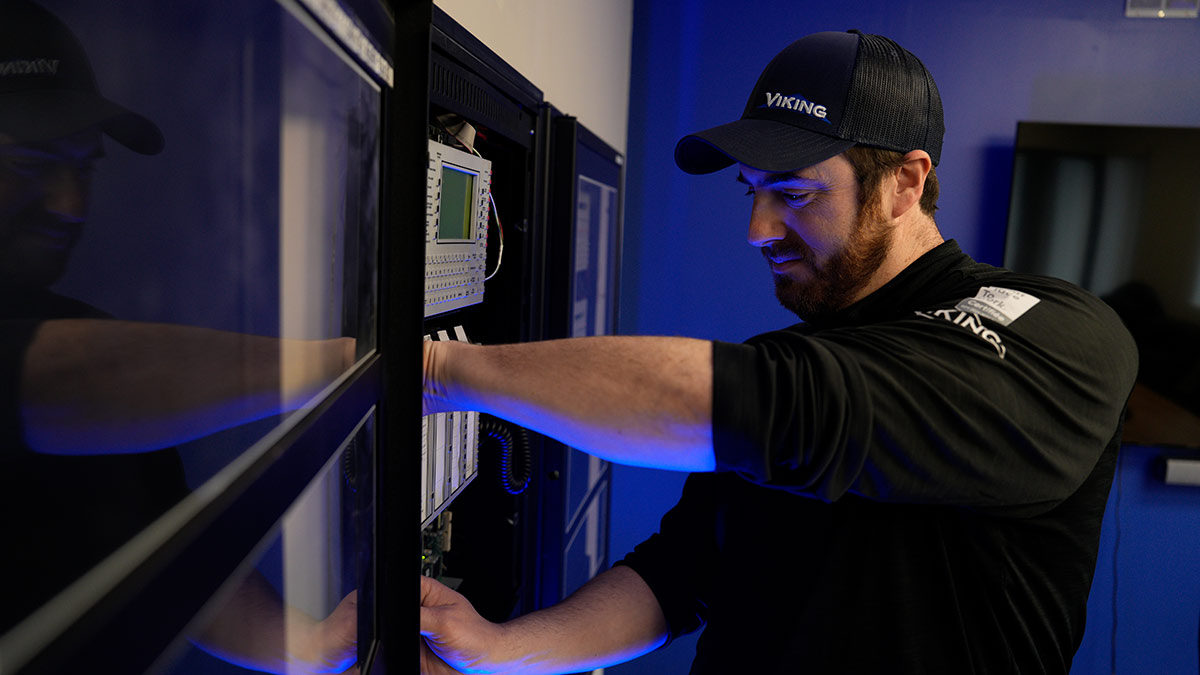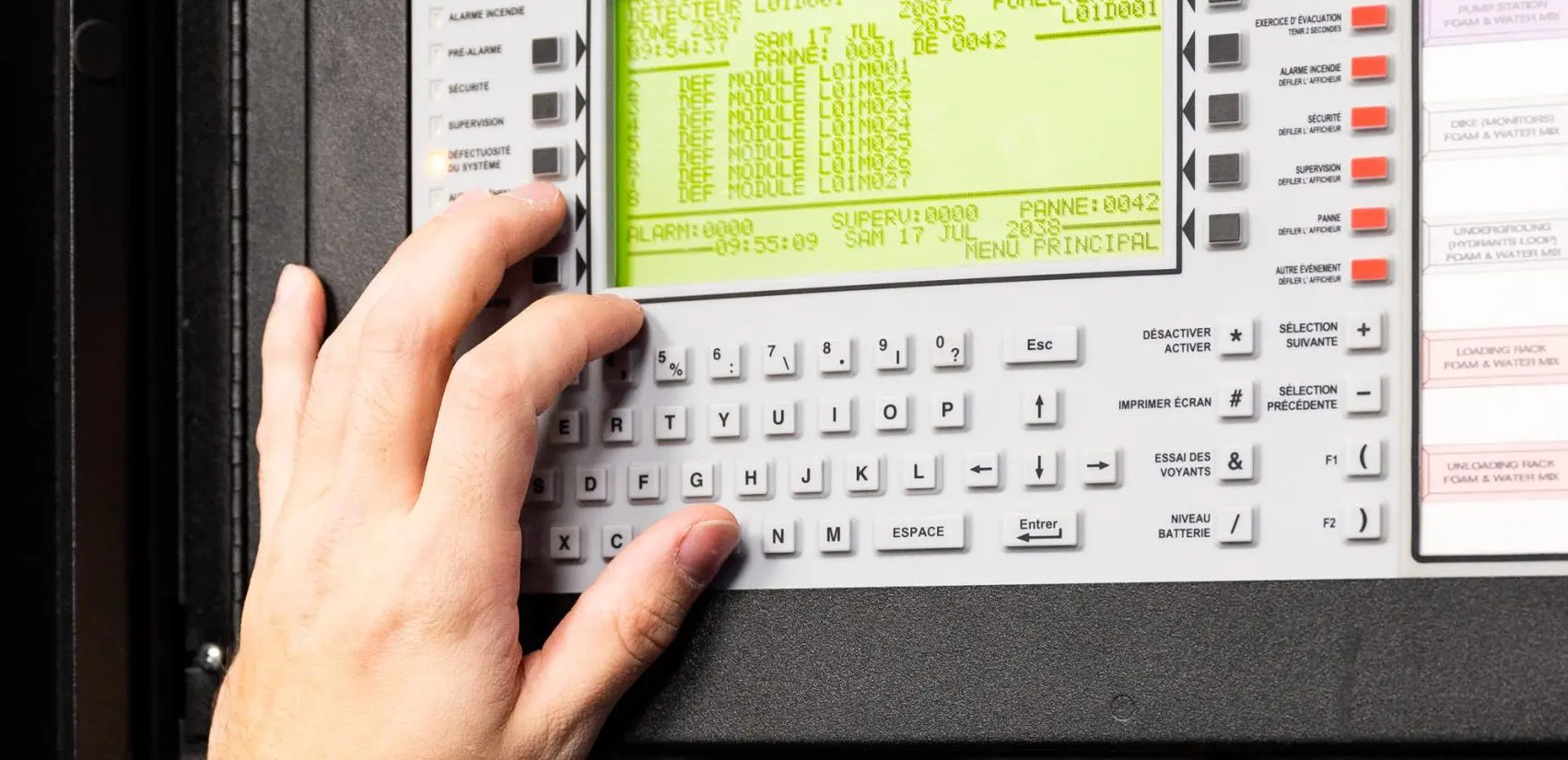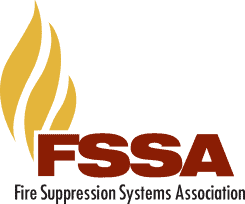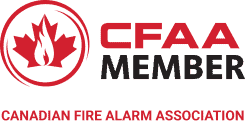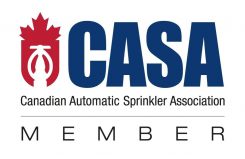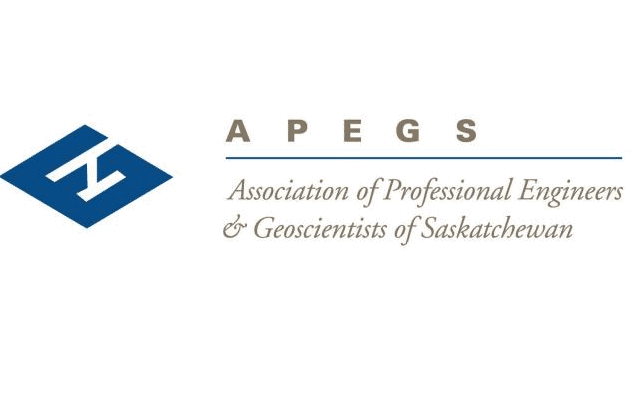
Best Practices & Standards
Winterize Fire Suppression Systems: 5 NFPA 25 Requirements Every Building Owner Should Know
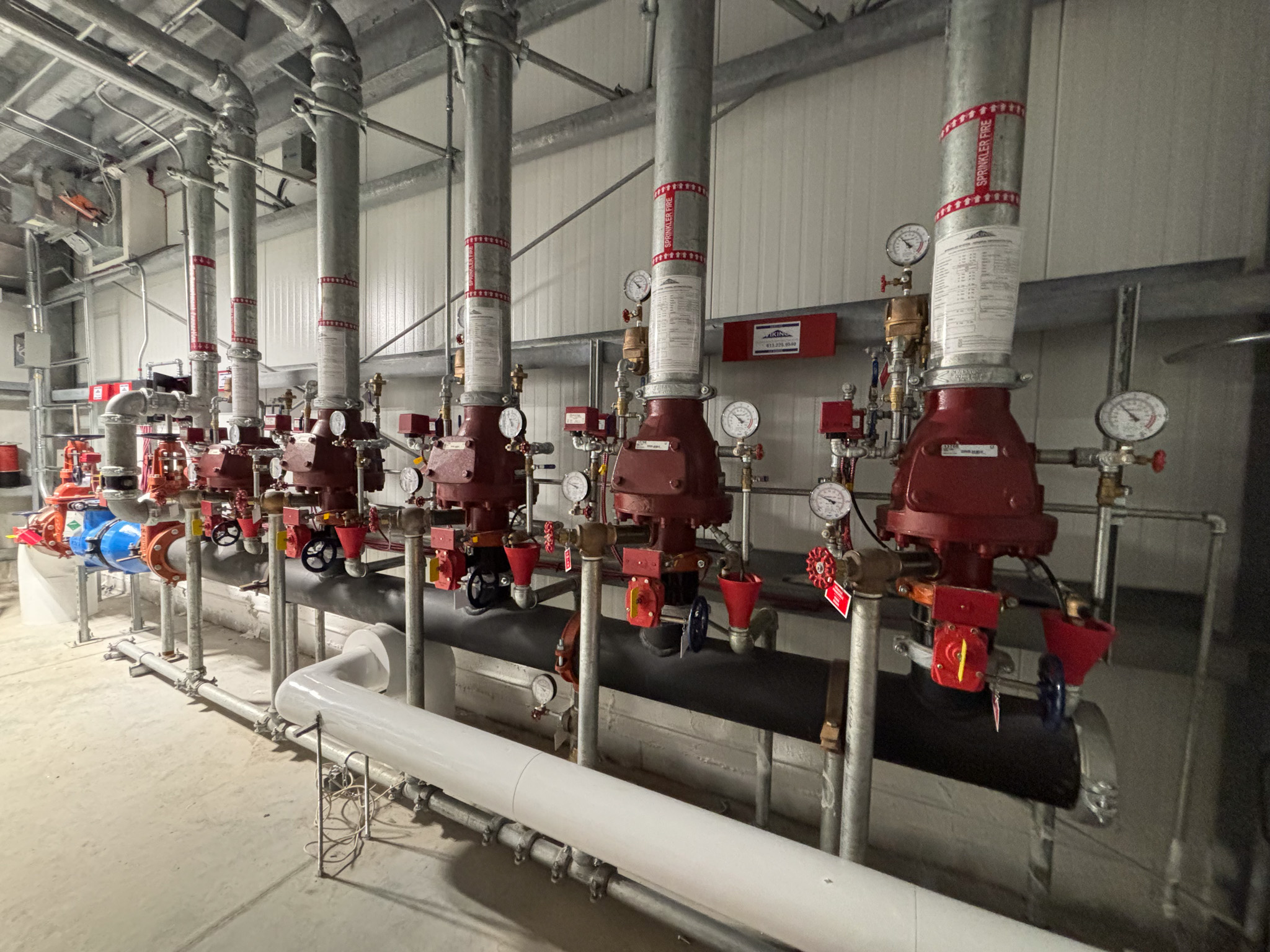
Winterize Your Fire Suppression System
Winter can be tough on fire protection systems, and skipping maintenance can lead to frozen pipes, leaks, or even system failure when you need it most. Here are five practical steps, inspired by the NFPA 25, to make sure your system is ready for the cold months ahead.
1. Inspect and Drain Low Points
Cold air settles in low areas of a building- and so does trapped water. According to NFPA 25, Chapter 13, low-point drains must be checked regularly during freezing conditions. For dry and preaction systems, any leftover water in the pipes can freeze, expand, and cause cracks or fittings to burst.
Take time to:
- Open low-point drains carefully and make sure they are fully clear.
- Verify all auxiliary drains are labeled and accessible.
A simple drain check can save thousands in repairs later.
2. Test Air Pressure and Supervisory Devices
Air pressure is what keeps water out of dry and preaction systems until a sprinkler head activates. In cold weather, even a small leak can cause the air compressor or nitrogen generator to run constantly – or worse, let water into the pipes where it can freeze.
Under NFPA 25 Section 13.4.5.2, you are required to maintain the proper air or gas pressure according to the manufacturer’s listing,
Make sure to:
- Check that the compressor or nitrogen generator is cycling properly.
- Listen for hissing or air leaks in piping
- Test the supervisory pressure switches to ensure alarms are sent if pressure drops.
These checks not only prevent freeze-ups but also keep your monitoring system compliant.
3. Verify Heat in Critical Areas
NFPA 25 Section 4.1.2.5 specifies that rooms housing fire protection equipement must be maintained at a minimum of 40°F (4°C). That includes riser rooms, valve enclosures, and mechanical spaces.
If a heather fails, pipes can freeze overnight.
To prevent that:
- Test thermostats and ensure they are set correctly.
- Keep doors and windows to riser rooms closed and weather-stripped.
- Use remote temperature sensors for unoccupied spaces if possible.
This one is simple: heat protects your investment.
4. Review Antifreeze Loops and Auxiliary Systems
If your system uses an antifreeze solution, NFPA 25 requires it to be tested annually – and the concentration verified to ensure proper freeze protection without exceeding flammability limits.
Recent code updates emphasize that only listed antifreeze solutions may be used. If your system still has legacy (non-listed) antifreeze, it may remain in use only if it complies with NFPA 25’s percentage criteria. However, it cannot be added or renewed, and must be replaced if it fails inspection.
Make sure your service provider:
- Tests antifreeze concentration with a calibrated refractometer.
- Labels each antifreeze loop with a concentration and date of testing.
- Checks for leaks or discoloration, which can indicate contamination.
5- Schedule Your Annual Inspection
NFPA 25 is clear – fire protection systems must be inspected and tested annually by qualified personnel.
A winter-prep inspection should include:
- Visual checks of all valves, gauges, and drains.
- Flow tests and alarm verification (for wet systems).
- Air leakage tests and drain time measurements (for dry systems).
These inspections confirm that your system meets code requirements and that no hidden issues – corrosion, trapped water, or improper pressures – will catch you off guard when temperatures drop.
Bonus Tip: Keep documentation Up to Date
NFPA 25 requires you to maintain records of all inspections, tests, and maintenance performed. These records not only show compliance but also help troubleshoot future problems faster. Make sure your reports are accessible, signed, and stored safely – digital copies are even better for long-term tracking.
Final Thoughts
Winterizing your fire suppression system is not just about preventing freeze damage – it’s about ensuring reliability when lives and property are at stake.
By following NFPA 25’s maintenance principles and performing a thorough seasonal check, building owners can protect their systems, reduce costly repairs, and ensure their fire protection works exactly when it’s needed most.
If you are unsure where to start, contact a qualified Viking fire protection professional to perform a winter readiness inspection before the first frost hits. You can find your regional help and contact them directly.

